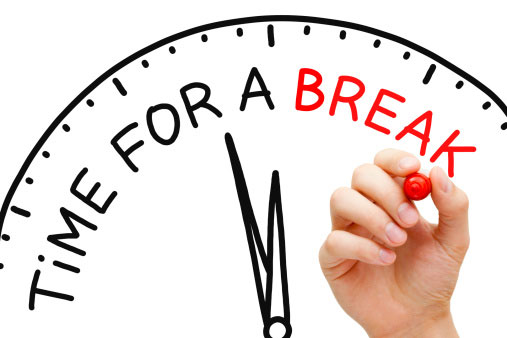 Auto Claims Trends: Frequency, Severity, Repair Costs, and Turnaround Times
Auto Claims Trends: Frequency, Severity, Repair Costs, and Turnaround TimesWage and hour lawsuits continue to be among the biggest threats you face as an employer – and one of the costliest exposures is failing to properly document your employees’ meal and rest breaks. It’s a huge and growing liability that many companies ignore. Here at Heffernan we’ve seen an increase in these cases and one of our clients was recently hit with a six-figure judgement despite the fact that the HR team thought they had been properly documenting breaks and lunches. As such, we want to alert you of this exposure.
When it comes to rules for meal periods and rest breaks, California law is unique. Here’s a quick rundown of the requirements, taken from a recent webinar presented to the California Restaurant Association by Bruno Katz, partner with the law firm of Wilson Elser Moskowitz Edelman & Dicker.
Meal periods
Employees get a 30-minute unpaid, uninterrupted meal period every 8 hours. During that time, they must be relieved from all duties, be free to leave the work area, and be unencumbered to engage in private pursuits. Otherwise, it’s considered an “on-duty” meal period and they must be paid for that time. This time doesn’t count as hours worked, so it’s important to keep accurate time records, whether electronic (punching in/out) or a handwritten sheet for employees to sign in and out. If an employee works more than 12 hours, he/she is entitled to a second 30-minute meal period.
On duty meal periods
Meal periods during which employees are still on the clock are only legally permitted when the nature of the work prevents the employee from being relieved of all duties (e.g., a sole employee on a night shift at a convenience store or hotel front desk).
Meal period waivers
These can be granted if (1) the employee’s work period doesn’t exceed six hours, and by mutual consent of the employee/employer; and (2) the employee works more than 10 hours per day, in which case the second meal period can be waived by mutual agreement if the employee doesn’t work more than 12 hours. California law doesn’t require you to document this, but do it anyway!
Rest periods
Employees must be provided two 10-minute breaks for every 8 hours worked.
How do you monitor your employees to make sure they take meal and rest breaks?
Under California law, you’ve met your responsibility if you relieve the employee of all duties, relinquish control over their activities, and permit them a reasonable opportunity to take an uninterrupted 30-minute break and do not impede or discourage them from doing so. Make your policies clear and constantly reinforce the importance of taking these breaks.
Recordkeeping
You must maintain either electronic or written time records showing actual hours worked and meal periods. By law, you have to maintain time records for at least three years, but it’s advised you keep them longer. Without those records, it’s easier for an employee to establish a wage claim – and that could be financially devastating for your business in a lawsuit.
The cost of noncompliance
A violation of meal or rest period requires that you pay the employee one hour of “premium pay” at his or her regular rate for each workday violation. It’ll cost you additional premium pay for on-duty meal period violations. The penalty is $50 for the first violation, and subsequent violations are $100 for each pay period. Willfully failing to maintain records could cost you a civil penalty of $500.
What should employers do to stay compliant?
- Regularly review your payroll policies and recordkeeping practices
- Have clear written policies providing for meal and rest breaks
- If waiver exceptions exist, they must be signed and subject to cancelation
- Train supervisors regarding meal and rest break compliance
- Keep accurate records of when meal breaks are taken
With Employment Practices Liability (EPL) lawsuits on the rise, you need an expert in your corner. For more advice on staying compliant with evolving wage and hour laws, contact the business insurance experts at Heffernan Insurance Brokers today.



